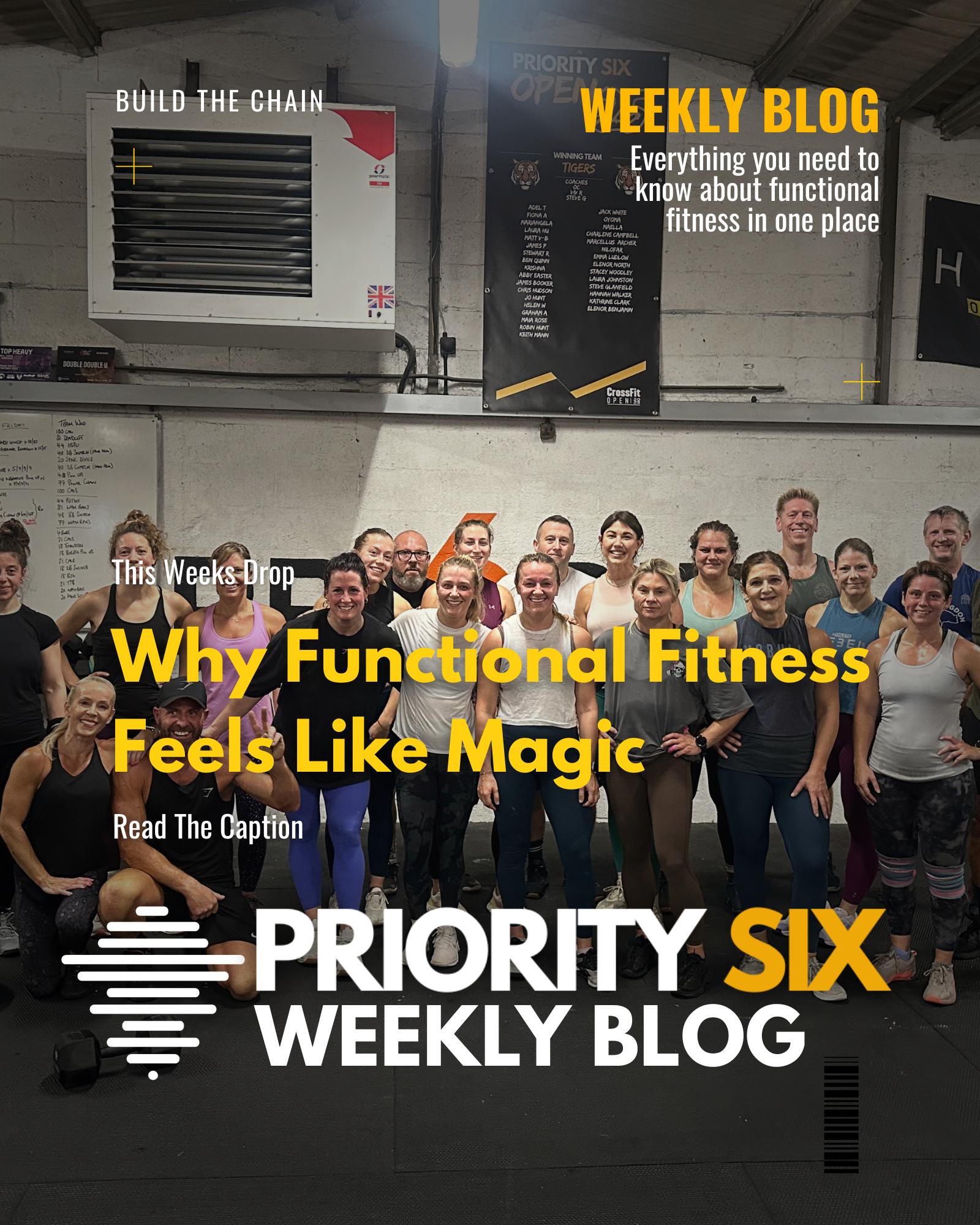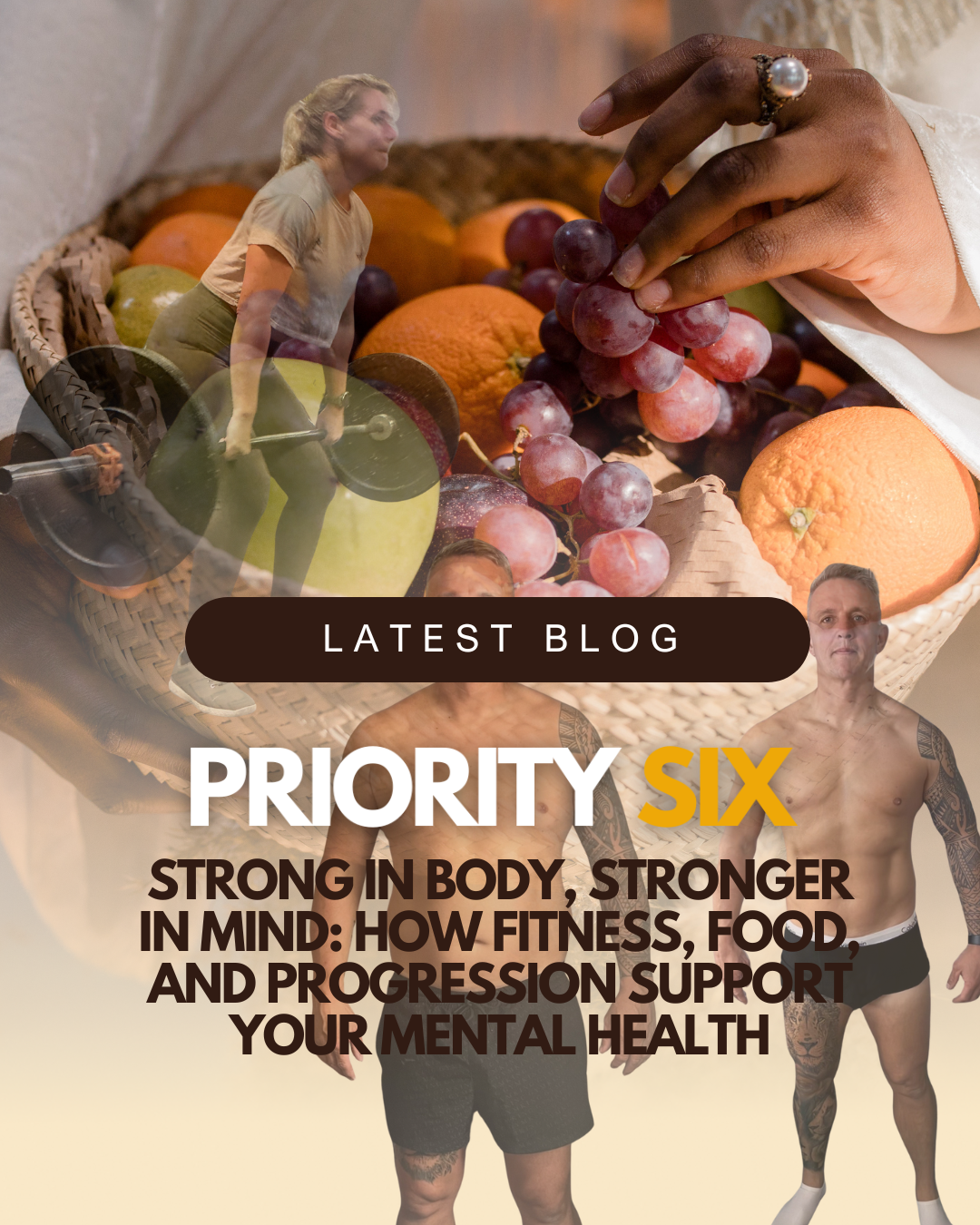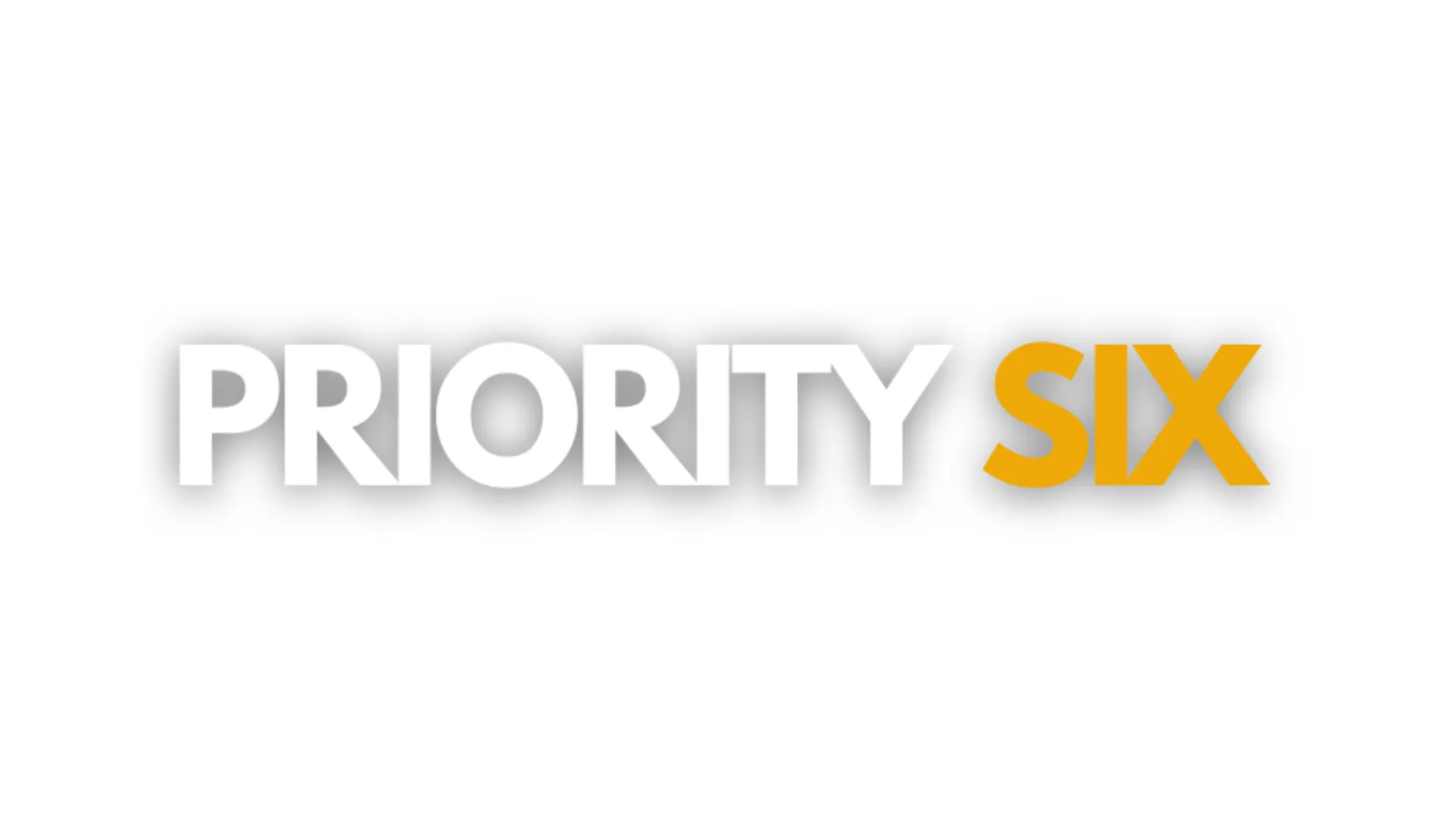)-3.png)
)-3.png)
Drop 30 lbs Before 2026 Without Counting Calories… The Busy Over‑40’s 7‑Step Blueprint to Get Lean, Stay Lean & Thrive
You’re over 40. You’ve built a career, raising a family, juggled late nights, early mornings. And now you realise that the body which once bounced back doesn’t quite do so anymore. The good news?
You can lose 30 lbs (≈13.5 kg) and keep it off, without logging every meal, without open‑ended “dieting”, and without hitting a wall. This blueprint combines decades of elite coaching methodologies (drawn from the likes of Poliquin, Meadows, Chek, Teo, Israetel and Helms), practical psychology and modern evidence on weight management.
It’s built for you: the busy professional, the parent, the committed but time‑short adult over 40 who wants lean and strong in the years ahead.
(Feel free to share this article, it’s designed to be a go‑to resource for your friends, your gym‑buddy, your partner. Because once you start implementing, you’ll want others on board.)
Step 1: Elevate Food Quality, Make Every Meal Count
Why this matters: The “calories‑in vs calories‑out” model is deeply flawed when used in isolation. Metabolism adapts, hunger hormones change, and simply counting calories doesn’t guarantee sustainable results.
What to do this week:
Swap any two meals with: lean protein (20‑30g), a generous portion of fibrous veg, one serving of whole‑grain or complex carb (for one meal) and a healthy fat.
Challenge your ultra‑processed food threshold: This week, pick ONE item you’ll replace (e.g., a packet snack, handful of nuts + fruit). Research shows ultra‑processed foods drive up intake even when calories are matched.
Adopt the “80/20 rule” for food: 80 % of meals are high‑quality, 20 % are your social/flex meals. The 20 % exist, you choose them ahead of time.
Step 2: Strength as the Foundation (Age‑Proof Your Body)
Why this matters: After 40, maintaining (or building) muscle is your most effective leverage for metabolic health, fat loss, mobility and resilience.
This week’s plan:
Schedule your three strength sessions for the coming week (eg Mon, Wed, Fri).
Each session: pick one lower‑body compound (e.g., squat, hinge), one upper‑body push, one upper‑body pull, one core/anti‑rotation movement.
Reps: 6‑12; Sets: 3‑4. Controlled tempo: 2‑0‑2. Focus on technique first.
Consider adding a “carry/loaded walk” (e.g., 2×30 m farmer’s walk) for functional strength.
Tip: Track your main lift numbers. If your strength is improving, you’re preserving lean mass, even if your weight drops.
Step 3: Condition with Purpose, Boost Fat Loss Without Burning Out
Why this matters: You want fat gone, but you want to keep your time efficient and your body recovered. Mixing energy‑systems training with strength delivers this.
This week’s plan:
One “metabolic circuit”: After strength, do 3 rounds of 30s max row / 30s rest + 10 kettlebell swings.
One “steady metabolic” session: 20–30 mins brisk walk, cycle or row, ideally outdoors (fresh air helps recovery).
Every other week optionally include a “Hyrox‑style” workout: e.g., 500 m row + 20 lunges + 10 burpees × 4 rounds.
Important: Avoid doing long, frequent moderate‑intensity cardio sessions that eat into recovery and muscle preservation.
Step 4: Build Habit Stacks to Make Success Automatic
Why this matters: Busy people win not because they have ‘perfect’ willpower 24/7, they win because they have systems that reduce friction.
This week’s task:
Habit 1 (mornings): After you check your phone, write down three things you’re grateful for and schedule your workout that day.
Habit 2 (post‑work): As soon as you arrive home, change into gym clothes (even if you’re doing a walk). That visual cue drives action.
Habit 3 (evening): 10 minutes of mobility/stretching before screen‑time. This helps wind down, supports recovery and guards against late snacking.
Make a one‑sheet of your top 3 habits and stick it on your fridge.
Step 5: Prioritise Recovery, Sleep, Stress & Hormones Matter More Than You Think
Why this matters: Poor sleep and high stress undermine fat loss, muscle retention and energy levels. The body responds to prolonged deficits or poor rest by reducing metabolism and increasing appetite.
This week’s plan:
Target 7–8 hours sleep. Set a consistent bedtime.
Implement a “no screen 30 mins before bed” rule. Use dim lighting, read, stretch or meditate.
Incorporate one “active recovery” day: mobility class, yoga, a long walk — keep intensity low and restorative.
Use a simple breathing routine (5 mins) on two evenings this week: inhale 4s, hold 4s, exhale 6s.
Step 6: Track the Right Metrics (Not Calories)
Why this matters: You’re not needing to log every bite, but you do need feedback so you can adjust.
Use these metrics:
Weekly weigh‑in: same time of day, underwear, after bathroom. Track trend, not day‑to‑day fluctuations.
Monthly progress images and one measure (waist or hip).
Strength log: are your major lifts improving, staying stable or falling?
Subjective check: energy levels, sleep quality, hunger cues, mood.
Adjustment rule: If after 4–6 weeks there’s no drop in weight and strength is flat or dropping, pick one lever to increase: add 5‑10 % volume to strength, add one extra conditioning session, or tighten the 80/20 rule to 85/15.
Step 7: Embed Maintenance from Day One, Lean Living for Life
Why this matters: Many lose weight and then drift back. Your job is long‑term sustainability, not short‑term crisis.
From Day One:
Decide and schedule your weekly “flex meal” (preferably social/family meal), enjoy it, then get back to your blueprint.
Once you hit your –30 lbs target, keep strength training at 2×/week minimum. Conditioning 1–2×/week. Keep the habit stacks going.
Re‑audit your environment every quarter: fridge, pantry, gym bag, social circle. Make sure they still support your lean lifestyle.
Celebrate non‑scale wins: better sleep, more energy, clothes fitting differently, stronger lifts. These reinforce sustainable behaviour.
What to Avoid
Crash diets (<1200 kcal/day for women, <1500 for men) unless supervised, risk of muscle loss, metabolic slowdown.
Endless high‑volume cardio as a sole strategy, often inefficient for fat loss and may hamper recovery for strength.
Obsessive food logging that creates stress (“what if I forgot one snack?”), we’re moving away from that.
Neglecting your NEAT (non‑exercise activity): daily movement counts (stairs, walk to bus, gardening). These small moments matter.
Your 30‑Day Kick‑Start
You now have a blueprint: focus on quality food, build and preserve muscle, apply smart conditioning, stack habits, recover well, track the right metrics and set up your life for long‑term lean living.
Your 30‑day kick‑start: Choose one item from each step (1–7) to start this week. After 30 days, review, reflect and build from there.
You’re over 40, busy, capable, and this plan honours your life. No calorie‑logging marathon. No unsustainable crash. Instead: real food, real strength, real life. Let’s make 2026 the year you’re leaner, stronger and set up for the decades ahead.



